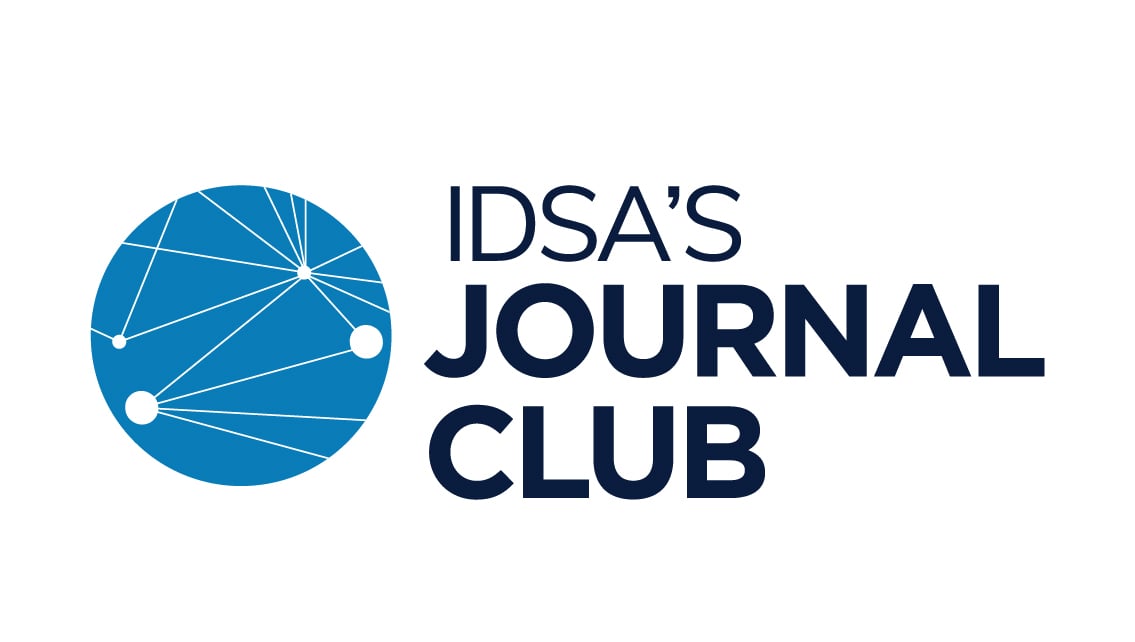 Given the rising resistance of uropathogens to trimethoprim-sulfamethoxazole and fluoroquinolones, alternative therapeutic agents are being considered for the treatment of uncomplicated urinary tract infections. Cephalexin is a first-generation cephalosporin that is ideal for the outpatient treatment of uUTI in view of its very high bioavailability and penetration into the urinary tract. The traditional dosing of cephalexin is 250-500 mg four times daily. With the purpose of improving patient compliance, the investigators in a study published in Open Forum Infectious Diseases evaluated the efficacy of cephalexin in a twice-daily regimen compared to a four times–daily regimen.
Given the rising resistance of uropathogens to trimethoprim-sulfamethoxazole and fluoroquinolones, alternative therapeutic agents are being considered for the treatment of uncomplicated urinary tract infections. Cephalexin is a first-generation cephalosporin that is ideal for the outpatient treatment of uUTI in view of its very high bioavailability and penetration into the urinary tract. The traditional dosing of cephalexin is 250-500 mg four times daily. With the purpose of improving patient compliance, the investigators in a study published in Open Forum Infectious Diseases evaluated the efficacy of cephalexin in a twice-daily regimen compared to a four times–daily regimen.
This was a retrospective cohort study that included adult women with acute cystitis or uUTI who received cephalexin therapy twice or four times daily for 5-7 days in an outpatient setting between February 2020 and August 2022. The primary outcome was treatment failure as a combined endpoint of persistent symptoms or the need for new therapy within the initial 5-7 days of treatment, and recurrent symptomatic UTI necessitating therapy within 30 days of completion of the initial cephalexin course. The secondary endpoints were time to treatment failure, adverse events within 7 days of end of therapy and C. difficile infection within 30 days of end of therapy.
The final cohort consisted of 261 patients, 173 who received twice-daily dosing (BID group) and 88 who received four times–daily dosing (QID group). Baseline characteristics were similar in the two groups except for urinary frequency, which was more common in the BID group. Treatment failure was 12.7% in the BID arm and 17% in the QID arm, and the difference did not reach statistical significance (P = .343). The time to treatment failure was also similar in the two groups (13.5 days with BID dosing vs. 10 days with QID dosing; P = .276), as were adverse events (4.6% vs. 5.6%, respectively; P = .103). No C. difficile infections were recorded in either treatment group at 30 days after completion of therapy. Of the infection recurrences, only one was due to an organism resistant to cephalexin. The investigators conclude that cephalexin given twice daily seems to be as safe and effective as when given four times daily.
